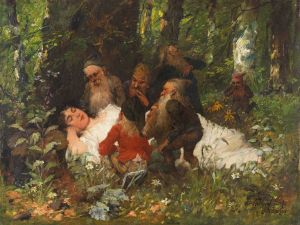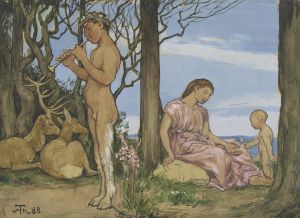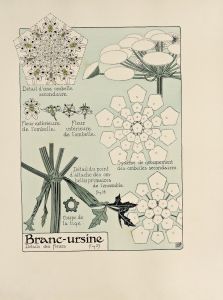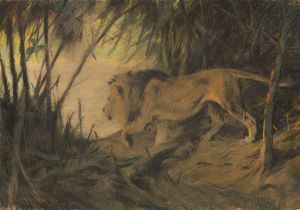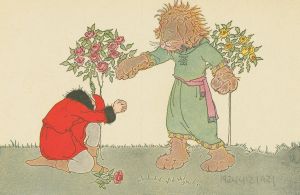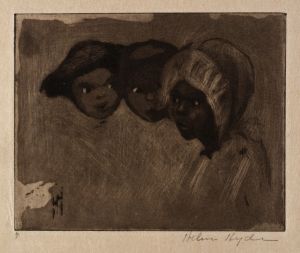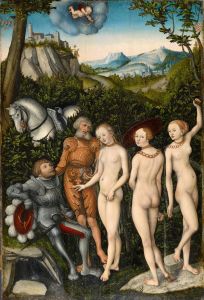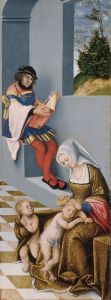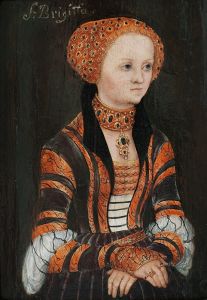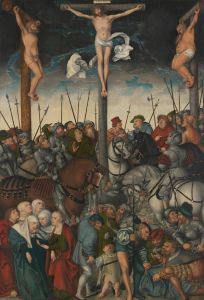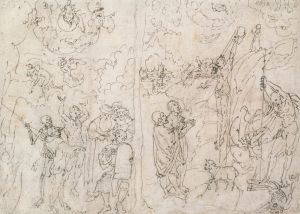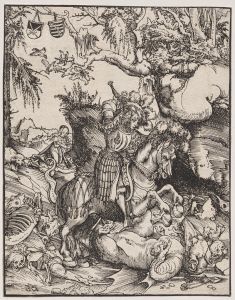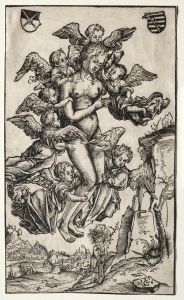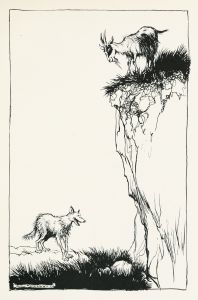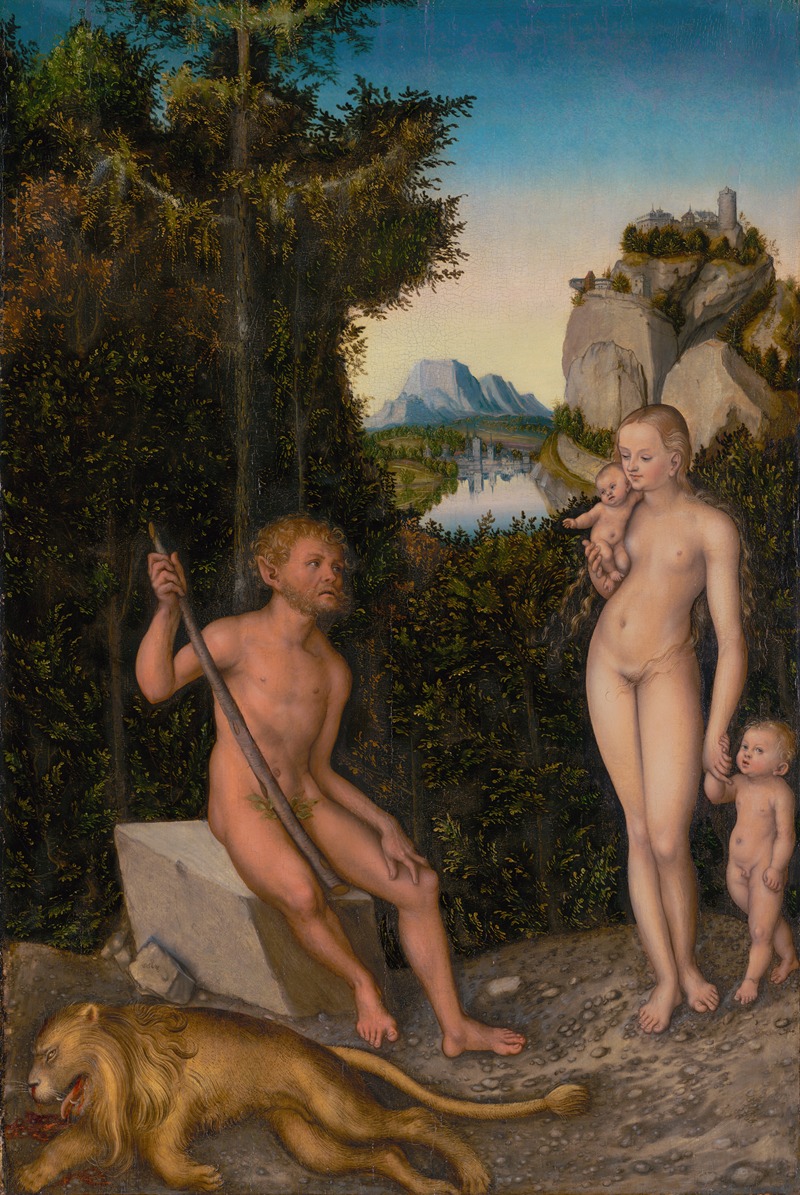
A Faun and His Family with a Slain Lion
A hand-painted replica of Lucas Cranach the Elder’s masterpiece A Faun and His Family with a Slain Lion, meticulously crafted by professional artists to capture the true essence of the original. Each piece is created with museum-quality canvas and rare mineral pigments, carefully painted by experienced artists with delicate brushstrokes and rich, layered colors to perfectly recreate the texture of the original artwork. Unlike machine-printed reproductions, this hand-painted version brings the painting to life, infused with the artist’s emotions and skill in every stroke. Whether for personal collection or home decoration, it instantly elevates the artistic atmosphere of any space.
Lucas Cranach the Elder, a prominent German Renaissance painter, created the artwork "A Faun and His Family with a Slain Lion" around 1526. Cranach was known for his distinctive style that often combined elements of the Gothic and Renaissance traditions, and he was a contemporary of Albrecht Dürer and a close friend of Martin Luther. His works frequently depicted religious themes, mythological subjects, and portraits, characterized by their vivid detail and expressive figures.
"A Faun and His Family with a Slain Lion" is an oil painting that exemplifies Cranach's interest in mythological and allegorical subjects. The painting portrays a faun, a mythological creature that is part human and part goat, accompanied by his family. The faun is depicted in a natural setting, surrounded by lush greenery, which is typical of Cranach's ability to integrate figures harmoniously into their environments. The presence of the slain lion adds a dramatic and somewhat enigmatic element to the scene, suggesting themes of survival, power, or the triumph of nature.
Cranach's use of color and composition in this painting is notable. The earthy tones and detailed textures bring a sense of realism to the fantastical subject matter. The figures are rendered with a delicate attention to anatomy and expression, showcasing Cranach's skill in capturing human and mythical forms alike. The faun's family, including a female faun and children, are depicted with a sense of intimacy and connection, emphasizing familial bonds even within the context of myth.
The painting reflects the Renaissance fascination with classical mythology and the humanistic exploration of ancient themes. During this period, artists like Cranach were inspired by the revival of classical texts and sought to incorporate these influences into their work. The faun, a creature from Roman mythology, symbolizes the connection between humans and nature, a theme that resonated with Renaissance humanists who valued the study of nature and the classical past.
Cranach's workshop was highly productive, and he often collaborated with his sons and apprentices. This collaborative environment contributed to the dissemination of his style and themes across Europe. "A Faun and His Family with a Slain Lion" is an example of his ability to blend narrative and symbolism, creating works that invite viewers to ponder their meaning and context.
The painting is housed in the National Gallery of Art in Washington, D.C., where it is part of a collection that showcases Cranach's diverse oeuvre. It remains an important example of his mythological works and continues to be studied for its artistic and historical significance. Through this painting, Cranach not only demonstrates his technical prowess but also his engagement with the intellectual currents of his time, making "A Faun and His Family with a Slain Lion" a valuable piece for understanding the cultural landscape of the Renaissance.





